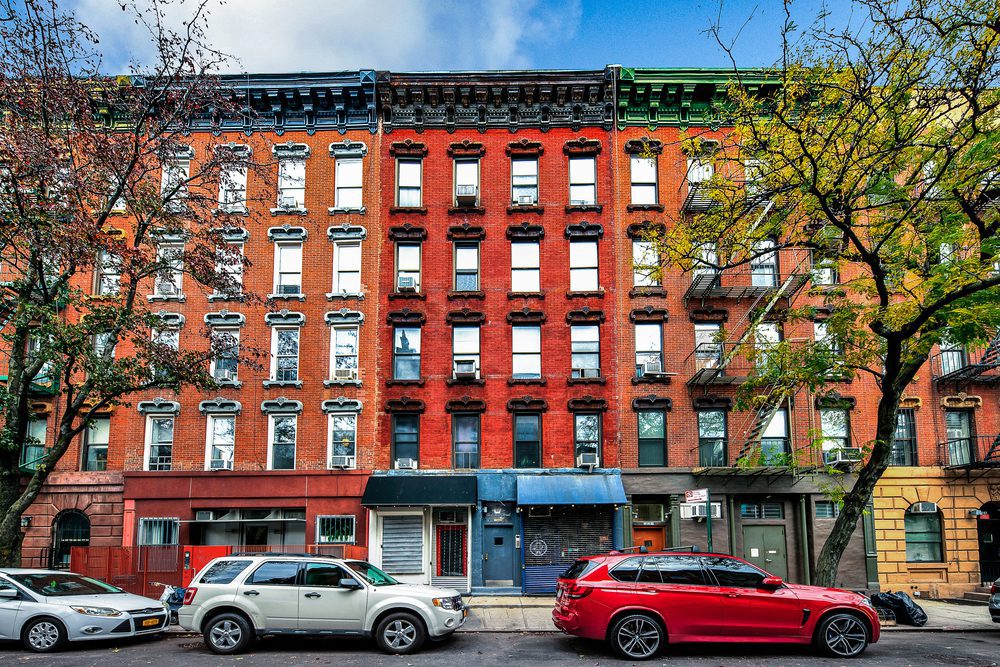Mark-to-Market an asset or a disadvantage
A few days ago, we were building a presentation, the clients of the office of the autonomous agents (AAI) on the following themes: (i) the “why” of investing in a real Estate Fund (Sief), and (ii) as the “surfing,” each stage in the cycle in real estate. A comparative study of the Sief and the Property's Physical, with all the pros and cons of each model, I was involved in one of the slides, and this is specifically the one point there are discussed, which we'll explore in this article: (a) the disadvantage of the Sief, from the point of view of the mark-to-market.
For those of you don't know, the mark-to-market is in the process of accurately reflect the market value of assets. For the sake of simplicity, in the case of an asset that is listed is the price for the screen of the last transaction of the asset in an environment that is in Stock. The inevitable variation in the price causes a nuisance in large part to the growth in the Sief, which is not seen in the price of the property. And, at this point, we will have to be considered.
Imagine you've bought an apartment in the$R 1 million times in the last month, for this amount you paid for it was, therefore, the mark-to-market for this asset. After a month, what is the value of the apartment? As the main purpose of investing in real estate is to protect themselves from inflation, and has a gain of as much of the time, the answer will most likely be at a minimum of$ 1 million, right?!
Right now, we're going to assume that this home has been purchased by the end of 2014 and the start of the recession in the country, the same question is to be made in 2016, which would be the likely response. In the income tax return for the buyer is the same as the value to be checked: Us$ 1 million.
However, when compared to the inflation rate of the period (by 19.2%) and the rate of recovery of the real estate FipeZap (4.3 per cent), we arrive at a net loss of 14.1%. That's right, the property has lost value!
At the same time, IFIX, is a species of the são paulo stock exchange of Sief had a performance close to a 39.5 percent. Of course, the analysis of such a performance it covers a variety of aspects, and it is a lot more complex than the simple analysis of the performance of it, but the point here is not to discuss the performance of the historic Sief's against the real property of a physical, and, yes, the mark-to-market for both of them.
As long as the investor of real estate, you may have had a sense of security and stability throughout the period of recession, investors in the Sief went through more emotions, the ups and downs of the value of the shares. And, in this variation of the price, it does not necessarily mean that he was at risk; in fact, it was the opposite. We are going to explain you why. The investor of the Sief, 2016:
(i) You bought the asset below its replacement cost;
(ii) The portfolio was diversified into more than one segment of the real estate, as well as its portfolio of tenant;
(iii) In need of cash, would be able to sell your shares at the 1-to 3-day, in a setting very conservative
(iv) Have you had a chance to exchange of the asset over time, eventually making a profit from those Sief with the best performance.
(v) It did not pay to GO on the income available to be equivalent to the rent of the asset); and
(v) Didn't have to deal with the process (such as agencies, negotiate, document, etc.) and you will also incur excessive costs for the transaction (such as due when).
Sure, these factors are not considered in the evaluation of the property made by the investor in real estate, the physical. The fact that the property is not to be “tagged” - that is, the perception is that the value does not change at the time, it brings a false sense of security and stability for investment in real estate. The impact – negative or positive – it is usually only seen in the time of the sale.
Our proposition of this text is to give you a hint of the investor in real estate (whether direct or indirect): here's the mark-to-market and how to be a good thing, not a negative one. The mark-to-market does not require the investor to take any such action. It is not necessary to buy or sell an asset on the grounds of the “time stamp” on the tag. It is only a reference for in-the-moment, of how much investors are willing to pay for in a particular asset. Why not take advantage of the moments of the stress of the market” or to “an aversion to the risk of an exaggerated” to buy a few more of those in the real estate/Sief do you like it? Or sell for well above the fair price of the property/real estate fund, at a time when the exaggerated optimism of investors? To embed this way of looking at your investments, and also to direct investment in real estate will lead to a drastic change in the behavior of the investor.
In RBR, for example, when an asset trades below the cost of replacement and/or very close to it, but there is a clear imbalance between the favorable supply / demand in a certain area, we decided to buy an asset, whether it's via the T3 (the Stock exchange), or in the private sector, by purchasing the brick directly (for example, by means of our money). In one scenario, assets, overbought, possibly enxergaremos an opportunity to make gains on those investments.
For the investor who likes a lot of real estate, the physical is a reflection, if it really is the mark-to-market with a real estate fund that is a disadvantage. In our view, it is a way to monitor the performance of your investments, in any category.
In this context, we are grateful very much to the growth of the market in the Sief, for this reason, we have gained increasingly more options to invest in real estate with daily liquidity, bringing together the class of assets that is more like it with the liquidity previously only found in other markets, net and organized, such as equities and fixed income securities. In the us, it has been this way for ages, with REITs (Real Estate Investment Trust), a structure that is very similar to that of the Sief and receive an investment volume of more than 20% of all americans.









